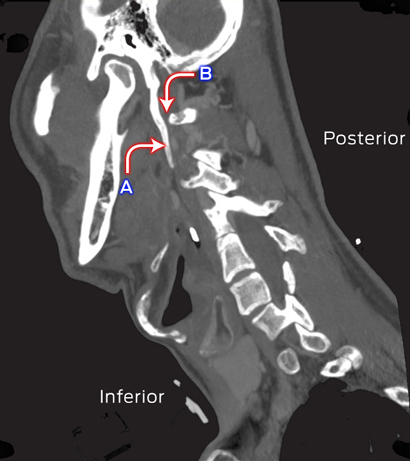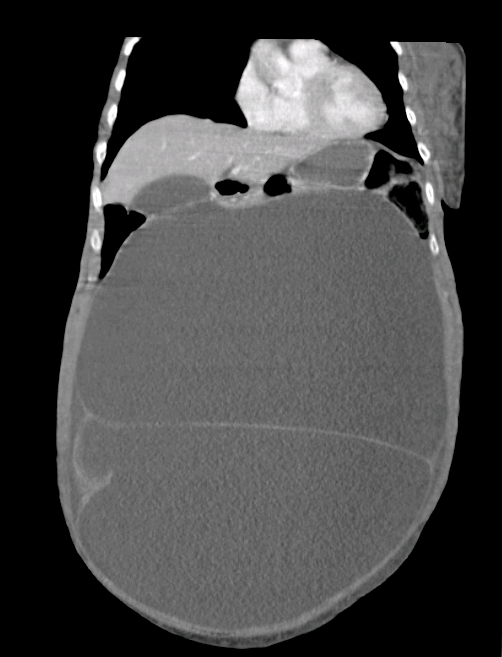Severe head trauma mortality drops at Royal Darwin
Mortality rates for severe head trauma at the Royal Darwin Hospital are down 40% from the 79% rate reported in a study 10 years ago, according to the ANZ Journal of Surgery. The study reviewed clinical service between 2008 and 2013, highlighting the continuing challenge of remoteness to the delivery of emergency medicine and surgery in the Top End. Alcohol remains a major player in hospitalisation, with 57% of patients having evidence of alcohol involvement and 39% of patients with traumatic brain injury having alcohol as a factor in their presentations. Indigenous persons were also overrepresented, accounting for 39% of all procedures as well as being considerably younger by a median of 15 years than their non-Indigenous counterparts. Resident generalist surgeons are reliant upon interstate neurosurgeons, who provide ongoing education, training and support, both by way of outreach visits and by 24-hour telephone and teleradiology consultation over 2600 km away.
Maternal, neonatal tetanus eliminated in India
Maternal and neonatal tetanus has been reduced to less than one case per 1000 live births in India, according to a WHO report. Until a few decades ago, India reported 150 000 to 200 000 neonatal tetanus cases annually. According to Dr Poonam Khetrapal Singh, WHO Regional Director for South-East Asia, the Indian government used a mix of existing and new programs to make elimination possible. “India’s re-energized national immunization program and the special immunization weeks and the most recent ‘Mission Indradhanush’, helped ensure that children and pregnant women are reached with vaccines”, he said. “The ‘National Rural Health Mission’ promoted institutional deliveries with a focus on the poor. The ‘Janani Suraksha Yojana’ encouraged women to give birth in a health facility.” Maternal and neonatal tetanus in South-East Asia now exists in just a few districts of Indonesia.
Hazard alert for hip replacement component
The Therapeutic Goods Administration has issued a hazard alert for one model of the Profemur cobalt-chrome femoral neck (part number PHAC1254 – “long 8-degree varus”) due to the potential for the component to fracture. The manufacturer, Surgical Specialities, is also undertaking a recall of unimplanted stock. Component fractures are extremely rare; however, the manufacturer reported that there had been 27 reports of fracture of the PHAC1254 component in the approximately 9800 units sold worldwide over the previous 5 years. Only 32 units have been sold in Australia. “If you are treating patients who have had a hip replacement and are concerned about the above issue, advise them to be alert to the potential symptoms of a femoral neck component fracture (the sudden onset of symptoms such as pain, instability and difficulty walking or performing common tasks).”
Elevated lead levels in 30 NT children
The Northern Territory Health Department has confirmed that 30 children have been found with elevated blood lead levels in three separate locations across remote areas of the territory, the ABC reports. Children in Palumpa and Peppimenarti, in the West Daly region, and the Emu Point outstation, had higher than expected lead levels, probably due to contact with lead shot, used for shooting magpie geese, according to NT Health Minister John Elferink. NT Chief Health Officer Professor Dinesh Arya said that the children and their families were being interviewed to determine the cause, and all the children were receiving treatment from “specialist paediatricians”.
Ebola vaccination trial extended to Sierra Leone
The WHO reports that a new case of Ebola virus in Sierra Leone, after the country had marked almost 3 weeks of zero cases, has set in motion the first “ring vaccination” use of the experimental Ebola vaccine in the country. A swab taken from a woman who died aged around 60, in late August in the Kambia district, tested positive for Ebola virus. “The Guinea ring vaccination trial is a Phase III efficacy trial of the VSV-EBOV vaccine. Interim results published last July show that this vaccine is highly effective against Ebola. The ‘ring vaccination’ strategy involves vaccinating all contacts — the people known to have come into contact with a person confirmed to have been infected with Ebola (a ‘case’) — and contacts of contacts.”

 more_vert
more_vert





